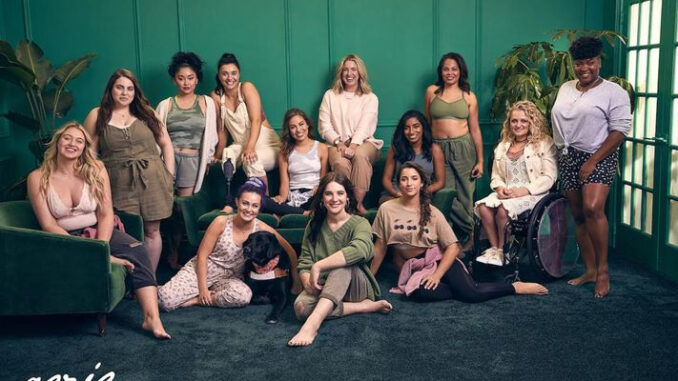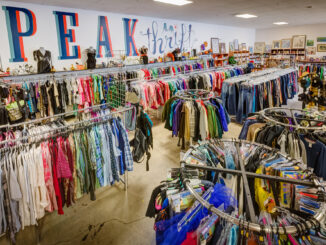
09/24/2020
Zoe Stratos | Staff Columnist
Pittsburgh Fashion Week 2020 kicked off on Monday in a much different way than years before: all remote. With all of the podcasts, showcases and zoom interviews popping up on the official PGHFW website, it’s time to talk again about body type representation in fashion design and showcases.
In years past, the Downtown Community Development Corporation, sponsors and other volunteers of the PGHFW aim to promote the fashion industry and the growing talent of designers in the city of Pittsburgh by showcasing their talents in a runway show at the Wintergarden inside PPG Place. Even though the format of the week changed this year, the mission hasn’t.
Although not necessarily tied to the PGHFW, a mission of showcasing different body types along with the talent of designers is of the utmost importance — especially since fashion represents the masses and what they desire to wear.
Body positivity trends have been around for years; thousands of people fight daily for different kinds of inclusivity in advertisements and major fashion shows across the world, and the fight never seems to end for some of these designers.
One of the major culprits of failing to include different body types is the famed lingerie store, Victoria’s Secret.
As a lingerie company specifically, Victoria’s Secret’s aim should be to make women of all sizes feel comfortable and sexy when stripped down to almost nothing, but they continually stand their ground by showcasing the usual 5-foot-10-inch, size two women.
Their lack of inclusion did not affect them through the early 2000s until a recent wave of body positivity movements allowed rising competitors to take over the market. Companies like Aerie and their 2014 “#AerieReal” campaign ushered in a new era of inclusive showcasing and non-digitally edited advertisements.
Since Aerie’s big switch and the rise of other companies like Savage x Fenty and ThirdLove, Victoria’s Secret has seen declining sales, smaller profits and many store closures around the world. The annual Victoria’s Secret Fashion Show ratings also dropped.
As great as it is to see these beautiful models sporting lingerie that women around the world want to wear, people want to see themselves when looking to buy clothing. It’s hard to imagine yourself in a garment when the model is seven or eight sizes smaller than you, or 10 inches taller than you. Incorporating these different body types allows women — and men — to see what the fit really is like. Not to mention, one body type deserves to be accepted and displayed just as much as the next.
On Tuesday morning, the PGHFW website posted a podcast, A Common Thread: Modeling, Designing, & Color Inclusivity, focused mainly on African American inclusion in fashion, but also explained the importance of designing for different body types.
One of the guests, Jai Proctor, a seamstress and designer, became interested in fashion as a young girl. Her company, JAllison Designs, makes custom and made-to-order clothing because of her struggles to find clothing that fit her. She explains that clothing is mass produced to fit a commercial style, which is a main problem in fashion design today.
It is important to showcase up-and-coming designers like Proctor, because it not only places the spotlight on small businesses, but also shows the public which companies take the time to include a variety of shapes and sizes.
Moreover, the consumers benefit from inclusion, and companies benefit economically from inclusion as well — it’s a win-win situation, so why would designers not be open to it? Without having to hire the typical models or spending the money to edit their advertisements, designers save money. On top of that, customers of all sizes will want to buy the garments.
However, as body positive campaigns begin to rise, the plus-size area is where designers still fall short. It’s true that this sort of inclusivity is a step in the right direction; however, the curvy ideations of plus-size models aren’t exactly accurate to society. Designers tend to accentuate the breasts, thighs and butt rather than the waist and stomach.
There’s even less progress in the men’s department, as there is still a taboo surrounding male body positivity. Plus-size women’s sections are popping up everywhere, but we hardly see any male plus-size sections, nor plus-size males in the modeling and fashion industry. A shift toward men’s body positivity is crucial as we continue the conversation about inclusivity — and gender neutral inclusivity, as well.
With designers shifting to a body positive mission across the board, confidence levels and sales would skyrocket. Activists worked tirelessly to get to the position that we are at today, but it’s important to remember that there is work to be done, and garments to be made.



